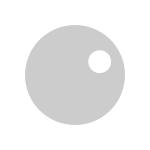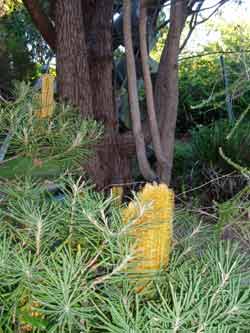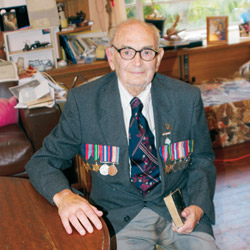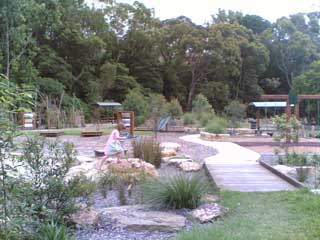Our AGM on Sunday 4th May was well-attended and Guest Speaker Linda Cardew gave a most interesting and informative talk on the Civic Place proposal.
Kate Westoby in her President’s Report gave the following summary of the Association’s activities over the past year:
Guest speakers at our meetings have included Greg Woodhams, Council’s Director of Environmental Services, who spoke on the thorny issue of Development Applications. For those with interest in the history of Willoughby, local resident Ian Rannard gave a fascinating talk on the market gardens which once flourished in the area bounded by Eastern Valley Way and Alpha Road. At an earlier meeting, Council’s Traffic Engineer Tony Lehmann outlined proposals for traffic calming installations in Castlecrag, with members of the audience giving suggestions for revisions in keeping with the special heritage nature of Castlecrag.
After its long gestation period, we are happy to report that the Association’s website is now available. We thank Karen Benhar for her professional input.
Recently, the longstanding matter of the Foreshore Building Line has finally been resolved, and the Progress Association congratulates Council for bringing to conclusion a difficult process that needed to address a wide range of interests. While all groups will no doubt have some disappointment at the final result – ours being that the FBL on the Northern Escarpment is not as strong as the line we had hoped for – nevertheless, the outcome will provide significant protection for our foreshores over the coming years.
The Committee prepared a submission regarding Council’s corporate signage in parks, reserves and walkways. This was successful in getting Council’s support for installing the Bim Hilder-designed bronze plaques which have been used in various locations in Castlecrag over past years.
The Progress Association sends delegates to the Federation of Willoughby Progress Associations which meets every two months, for information-sharing meetings on matters of concern to the wider Willoughby community. The Federation has recently made a detailed submission to Council on the revision of DCP 27 which covers notification of Development Applications to interested parties.
Thank you to the hard-working committee which meets every alternate month to our general meetings, and tackles a wide range of issues of importance to maintaining the unique character of Castlecrag.
Kate Westoby, President




